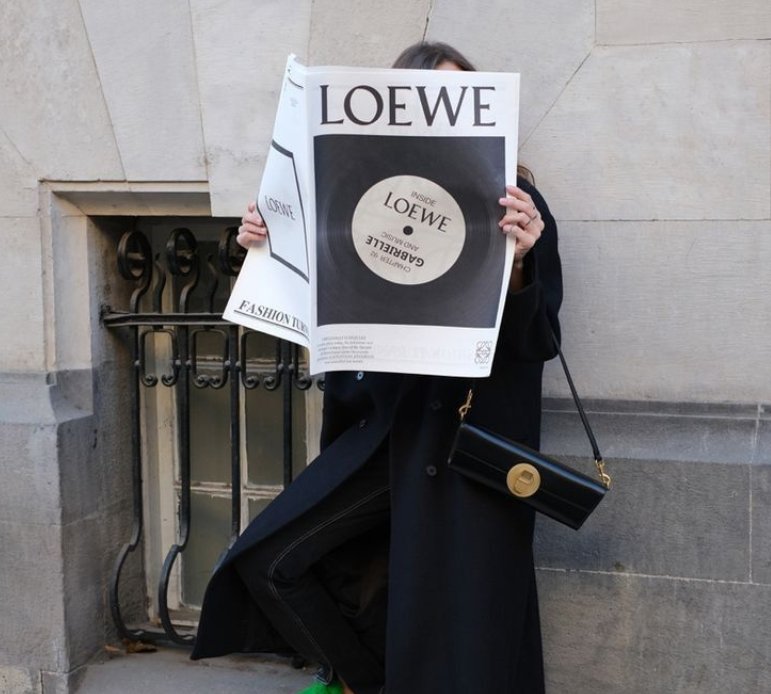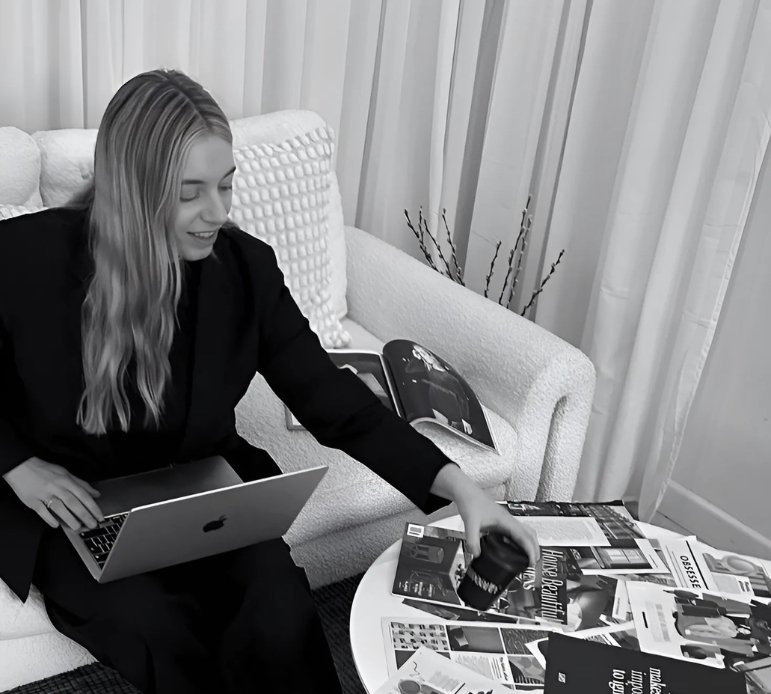People now use YouTube to believe in things rather than just watch videos.
YouTube has emerged as one of the most effective platforms for establishing credibility through narrative, be it a product, a story, or a person.
For brands — especially in fashion, lifestyle, and design — a mention from the right creator can do more than any ad campaign. It has the power to influence perception, raise awareness, and—above all—make people care.
However, being featured is not something that just happens. It takes preparation, empathy, and understanding of how artists work. Let's look at the essential elements of a successful YouTube public relations plan.
1. Think of YouTube not as a marketing campaign but as a conversation.
Authenticity is what makes YouTube so magical. Because creators’ work feels authentic and unscripted, viewers are more likely to trust them than they are to trust well-produced advertisements.
Therefore, when brands enter this market, they must blend in organically. Consider YouTube as a creative conversation between your brand and the creator’s audience rather than a one-time placement. Therefore, when brands enter this market, they must blend in organically. Consider YouTube as a creative conversation between your brand and the creator’s audience rather than a one-time placement.
Ask:
- What tale can we share together, you ask?
- How does our brand naturally fit into their world?
- What value can we add to their content—not just their feed?
That mindset shift changes everything.
2. Seek out creators who are a good fit, not just those who have the right appearance.
Despite the temptation to pursue well-known brands or high subscriber counts, fit is more important than fame.
A micro-creator who genuinely embodies your brand values will produce better results than a celebrity who doesn’t. Look for creators whose style, audience, and creativity complement your brand.
For example:
- A boutique fashion label might be a better fit for a stylist who enjoys handicrafts and slow fashion.
- A wellness brand might find success with a creator who focuses on mindful practices rather than large-scale lifestyle purchases.
Viewers connect with content that feels believable when the alignment feels natural.
3. Craft a Pitch That Feels Personal
If your outreach reads like a press release, it’ll get lost. Creators value authenticity just as much as their audiences do.
When contacting someone:
- Be brief and relatable.
- Mention a particular aspect of their content that you found appealing.
- Explain how your story might resonate with their community.
For example:
“Your ‘Behind the Brand’ series, in which you talked about craftsmanship, was excellent. Our pieces are created with a similar attention to detail—we’d love to see how they might fit into your world.” —we’d
Creators receive dozens of messages daily. The ones that stand out are the ones that feel like real conversations.
4. Collaborate with Intention
Sending a PR package is not as important as curating experiences that evoke authentic storytelling.
Instead of distributing gifts in large quantities, try this thoughtful method:
- Include a note outlining your inspiration with your personalised packages.
- Allow them to interpret your brand however they see fit.
- Think about asking them to join you for a behind-the-scenes shoot or studio visit.
The most successful YouTube partnerships don’t seem like a transaction. They seem cooperative, with each party contributing something significant to the narrative.
5. Tell the Story in More Than Just One Video
Don’t stop when a creator mentions your brand. Continue the momentum.
Give credit and tag the original author when you repost videos, highlight quotes, or turn snippets into social teasers. It shows respect, builds confidence, and often encourages them to mention you again later.
Think of YouTube as the starting point for a content ecosystem that includes all of the other platforms for your brand.
6. Evaluate Meaning Instead of Metrics
Views are straightforward, but impact is hard to measure.
Instead of focusing only on impressions, consider the quality of engagement:
- Are you receiving enquiries about your product?
- Has the perception of the brand improved?
- Do creators continue to bring you up, even when they don’t ask?
These subliminal clues frequently convey a more comprehensive message than analytics ever could.
Conclusion
When you are featured by YouTube creators, it is more important to build relationships based on shared creativity than to try to sell products. Successful partnerships do more than just generate buzz; they also create a sense of community.
At Trivium Media Group, we see YouTube as a storytelling platform, not a marketing tool, where brands and creators work together to create authentic, engaging, and long-lasting content.





